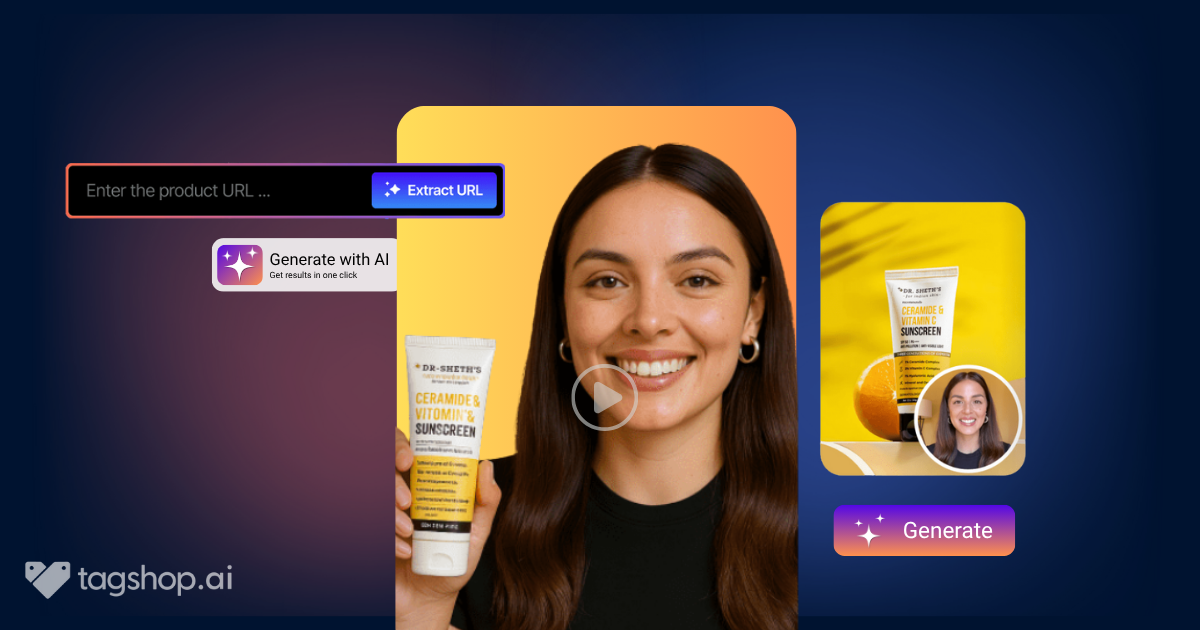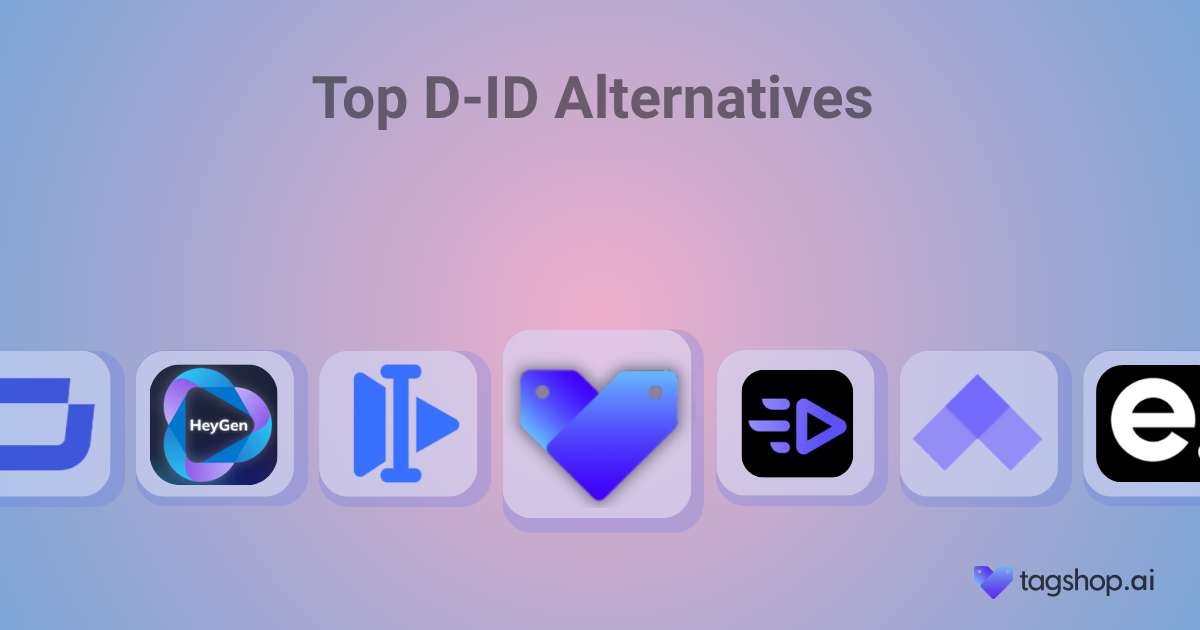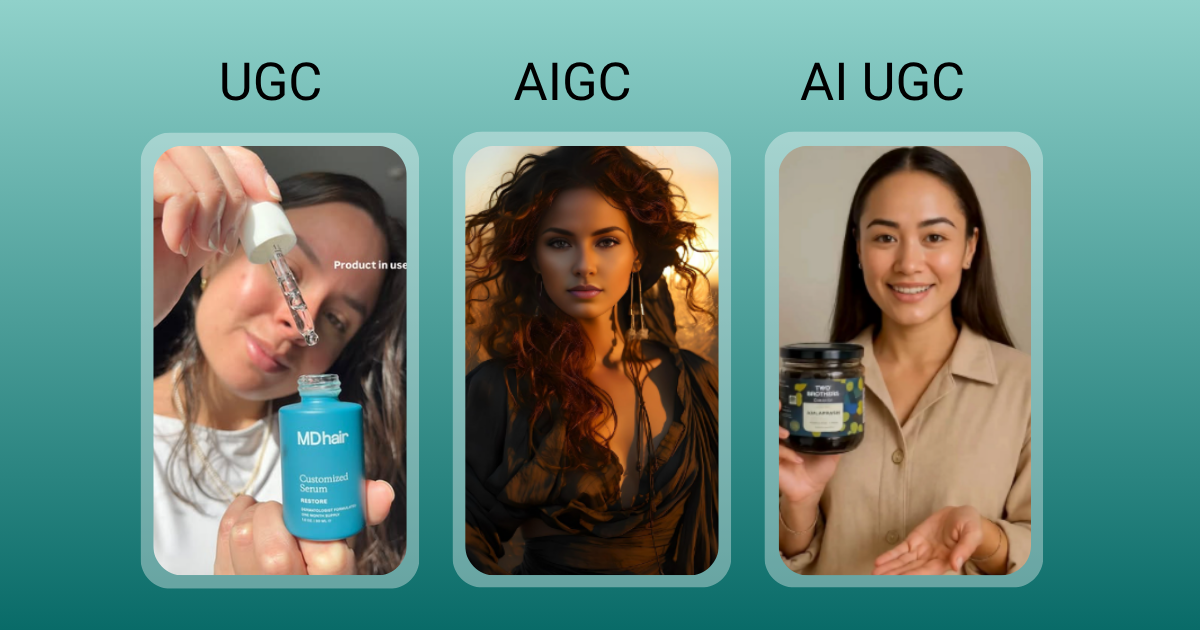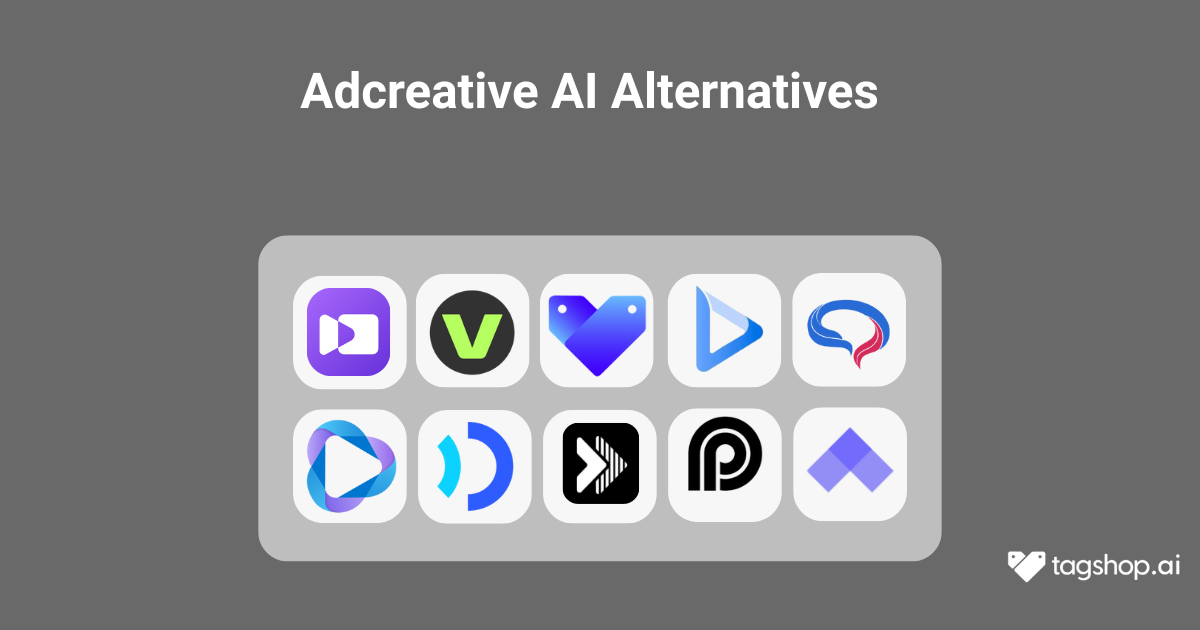How to Create AI YouTube Ads: A Complete Guide for Marketers
Let’s face it, crafting a standout video ad can be a time-consuming process. From long production hours and high costs to creator delays and language barriers, the traditional video ad creation is filled with roadblocks. But here’s the twist: AI is changing the game. With this modern technology, you can produce high-quality YouTube ads in...













